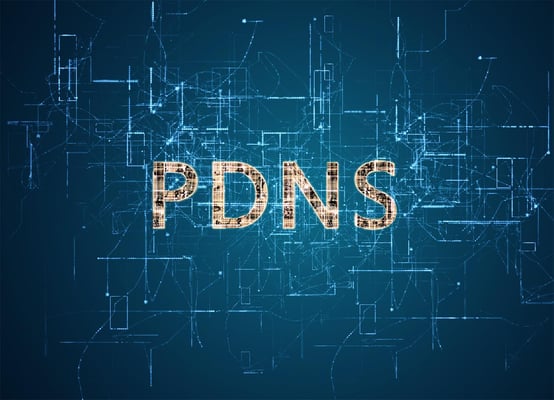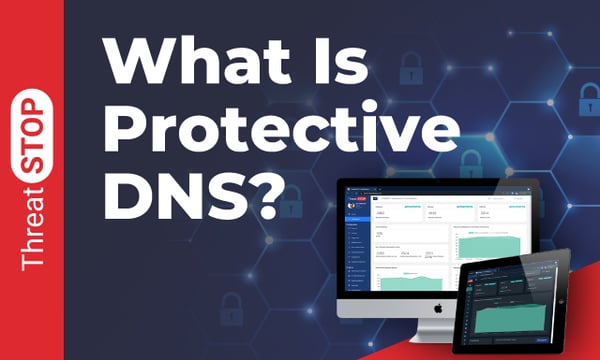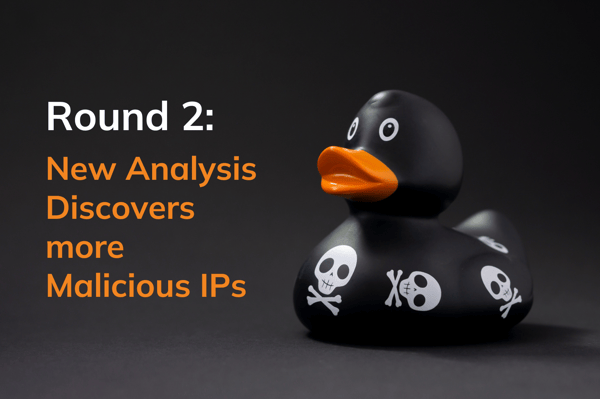May 21, 2021 • Joe Dahlquist
PROTECTIVE DNS SECURITY or PDNS: What You Need to Know
4Min read
•
Cybersecurity,
dns,
dns security,
malicious domains,
DNS resolver,
dga,
PDNS,
Protective DNS



